A HISTORY MAKER
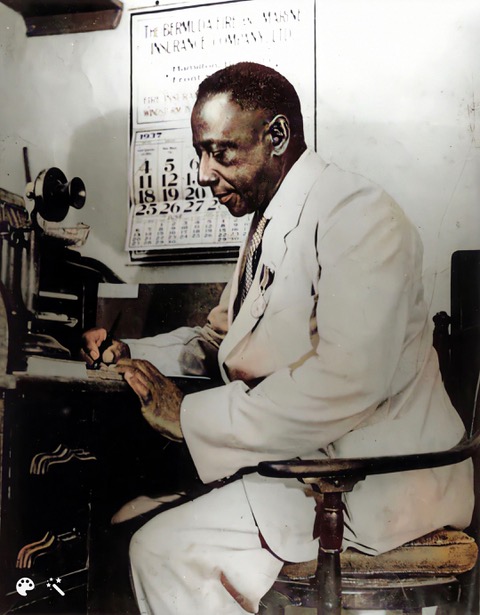
Charles Edward Simons was born in Warwick on 27th May 1880, the son of Mr. Edward Benjamin Simons and Mrs. Susan Elizabeth (nee Wilson) Simons. Mr. Benjamin Simons was a mason by trade, but he owned a livery service, farmed actively in Warwick and served in the Police Force as a Rural Constable in Warwick Parish.
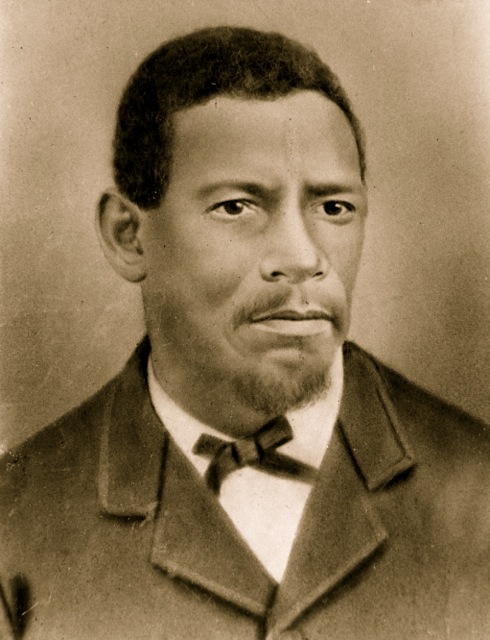
Charles Edward was raised on Ord Road near Dunscombe Road, and he was one of the original students of Miss Adele Tucker, the first principal of the Paget Glebe School (now the Karate School) on Chapel Road in Paget. He was one of seven children.
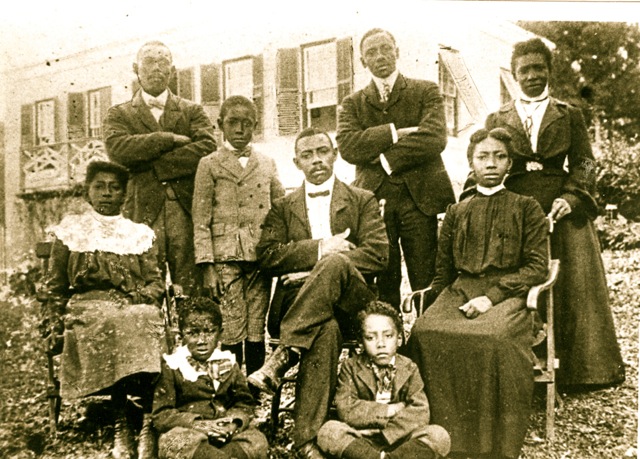
Charles Edward gained his first experience in the Police Force in 1902 when his father travelled to the United States. Charles filled in for him as an Acting Rural Constable in Warwick. He joined the Force as a full-time constable in 1905 and continued to serve in Warwick until being transferred to the Police Headquarters in Hamilton in 1916 where he worked as a plain-clothes policeman.
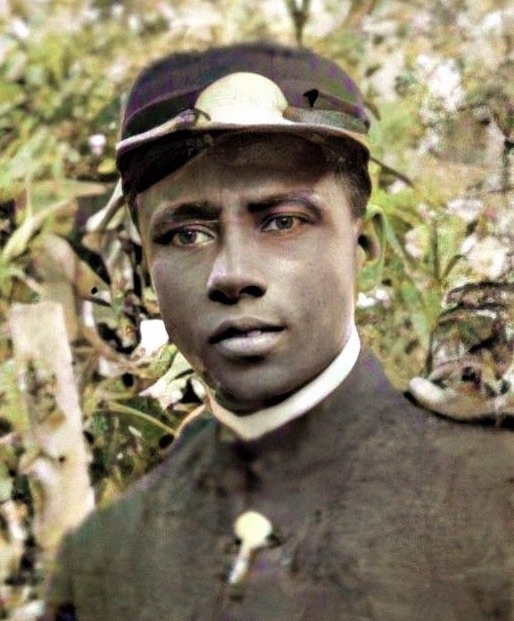
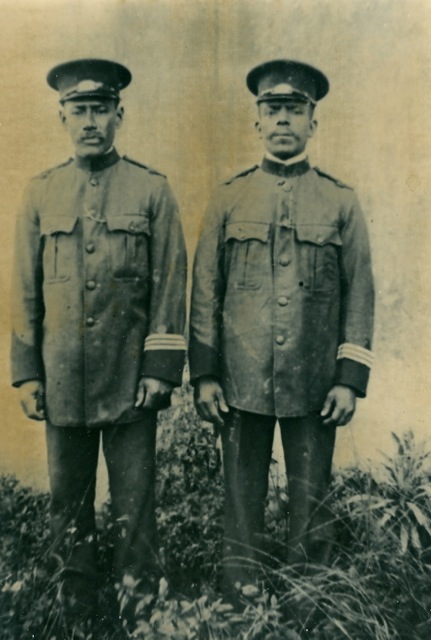
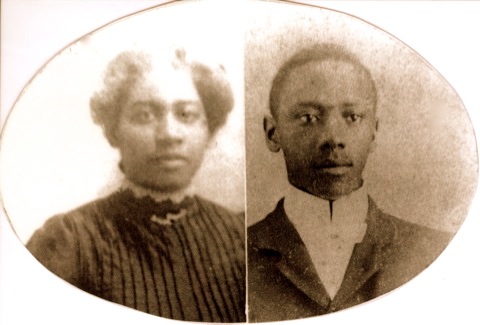
In 1919, Charles was officially appointed as the first “Detective Officer” in the Police Force, and from then on he became known throughout the Island as “D.O.” For many years he was Bermuda’s only detective and travelled all over the Island investigating crimes both great and small.
It was not uncommon for him, before the advent of the railway, to ride all the way to St. George’s or St. David’s on his pedal cycle early in the morning to investigate a case, and return to Hamilton only to find out that that he was then required in Somerset to investigate another case. He might be fortunate to be able to catch the 6.00pm ferry to Somerset, but at the end of the day he would still have to ride all the way back to Hamilton on his cycle to complete his reports, and then ride home.
“D.O.” always dressed immaculately and the sight of him arriving at the scene of a crime with his white suit and Panama hat must surely have provided great assurance to the law abiding – and struck fear in the hearts of the law-breakers!
In 1924. “D.O.” and another young Bermuda police officer, W.N.T. Williams, were sent to the United States to study the new science of fingerprinting with the New York Police Department. On his return “D.O” helped to set up the Fingerprint Department in Bermuda.
During his long and distinguished career “D.O.” Simons investigated all manner of crimes, from simple thefts to murders. During the 1920’s and 1930’s murders and serious crimes were quite rare, but it was vital to investigate them quickly and efficiently to bring the culprits to justice. He handled many such cases, even at risk of his own life.
On one occasion “D.O.” was shot at but the bullet missed him and he managed to capture the culprit and disarm him without suffering injury. During the course of his career he was also attacked by a man brandishing a knife, and another with a hoe, but he survived unscathed. Perhaps he led a charmed life, although he clearly had an innate ability to stay cool and calm under pressure.
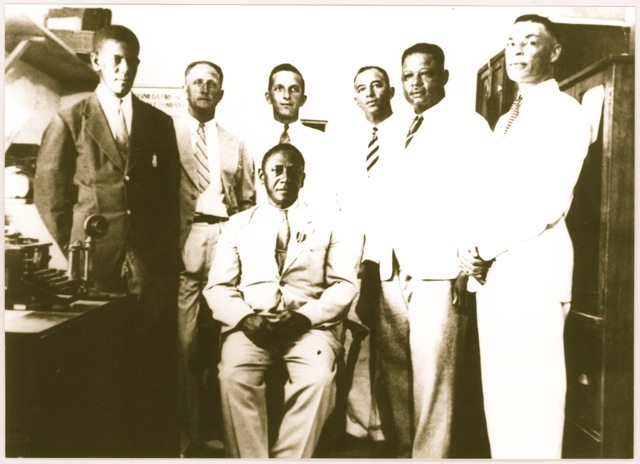
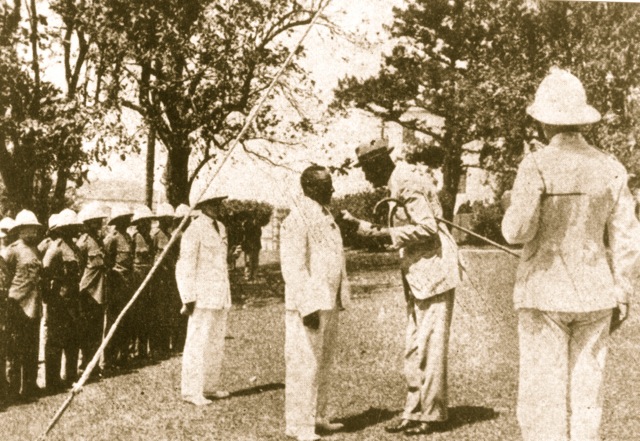
“He had many narrow escapes from death and is practically unscathed. He has been what every police officer should be … fearless … he has seen on many occasions his assailant armed and yet himself unarmed conquers him unaided. Coolness of mind, a non-smoker, a teetotaler and his genial personality have been the principal factors which spelt success in obtaining such as enviable reputation.”
“D.O.” Simons was an exceptional police officer who gained his reputation as an outstanding detective at a time when the ability of “coloured” officers would largely go unrecognized. One has to wonder just how far he would have progressed in the Police Service of today.
Charles Edward Simons died in March 1958 at the age of 78. He and his wife Florence had four sons, St.Clare, Edward, Leroy and John, and two daughters, Mrs Marguerite Hurdle and Miss Marie Simons. He had been an active member of St. Paul’s AME Church where he served as a Trustee and sang in the church choir, often performing as a tenor soloist.
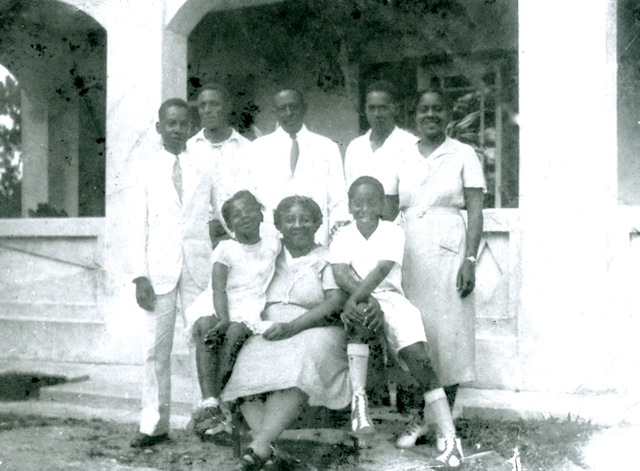
During an interview (in 1979), his son Leroy “Cy” Simons, a retired teacher, fondly remembered “D.O” as a strict but devoted family man who served the Police Force with great pride, and who spent all of his spare time with his family, although it is difficult to believe that he had much spare time when one hears that he continued to maintain his horses, kept pigs, poultry, cows, pigeons and rabbits – and loved gardening. He also ran a carriage service from his Paget home with the help a full-time driver named Vernon Hollis during the week, and his son Edward on weekends.
It was not unusual to see him out on a Sunday afternoon, especially after his retirement, driving his wife in the horse and carriage to visit friends in the City.
As stated earlier, it seems that policing was a passion for members of the Simons family, because "D.O's" son. St.Clare followed his father, his uncle and his grandfather into the ranks of the Police Force making him the 4th member of his family, and the 3rd generation to put on the police uniform.
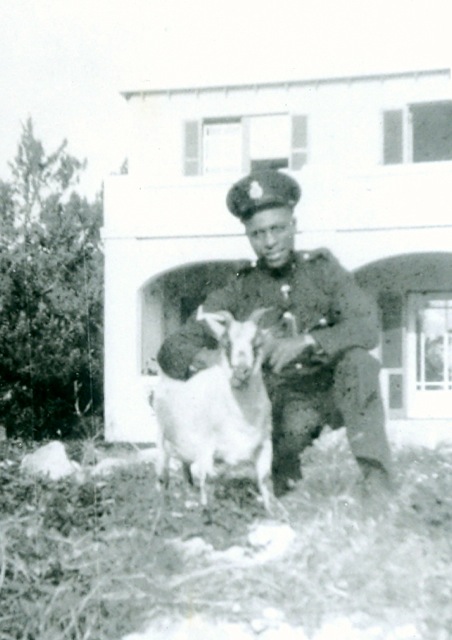
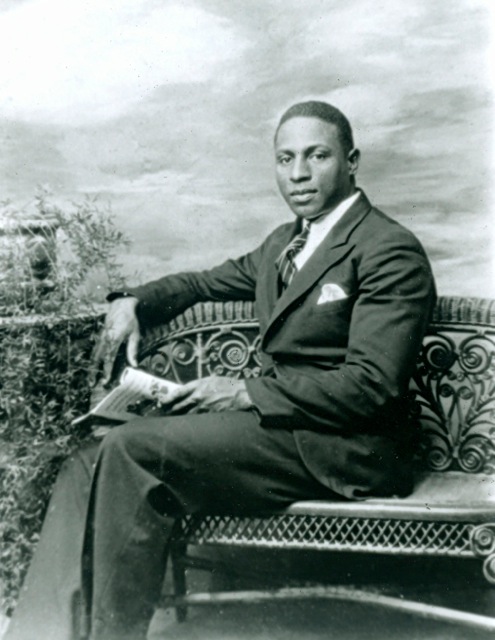
Were he alive today "D.O" would have 15 grandchildren, 24 great grandchildren, and 4 great-great grandchildren. They would all have enjoyed listening to him reminiscing about life in the Police Force in those early days when Charles Edward “D.O.” Simons gained the respect of the whole community for the way in which he carried out his duties as Bermuda first and finest “Detective Officer”.
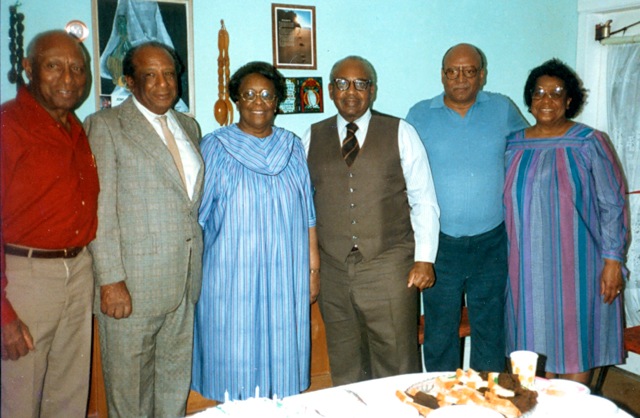
Editors note:
Much of the above information was originally compiled in 1979 with the kind assistance of the Late Mr. Leroy (Cy) Simons, a retired teacher who provided me with several photos of his father and fascinating details. The information was published in a pamphlet dedicated to “D.O.”

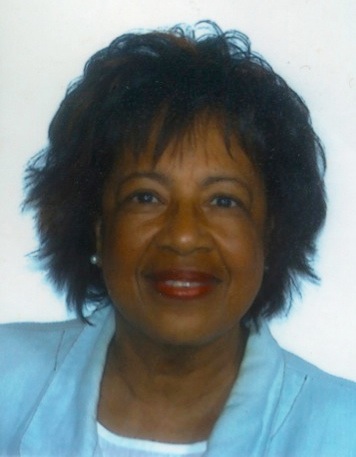
I am also greatly indebted to "D.O's" granddaughter, Marilynn Olivia (Simons) Simmons, who not only provided invaluable information about her grandfather and her family, but also kindly provided many of the photos in this article from her extensive family albums. Every family should have a Cy and a Marilynn. Marilynn has been gathering photographs and chronicling historical data on her family for the past twenty plus years. She noted that the excellent photos taken of her grandfather sitting at his desk, and with his detectives team, were taken by Mr. Vernon Jackson who also served in the Bermuda Police and was an outstanding officer who excelled in photography.
The story of Charles Edward "D.O." Simons is quite remarkable and needs to be thoroughly researched and told in far more detail than we have here.
Family and close friends remember “D.O’s” jokes and laughter. His niece Laura (Simons) Bean, remembers him well. “He was one of the nicest persons I have ever known”. “He was always so full of fun”. However most saw his other true self. He was a man of dignity filled with quiet determination, and there was never any question of his integrity. He was a gentleman and all knew it. In addition to all that, he neither swore, smoked nor drank.
The name Charles Edward Simons was synonymous with detective work and law enforcement. That was his work and he was good at it. Bermudians were very proud of him. In those days a policeman received respect to a degree that is seldom seen today; and with it came a spirit of cooperation from the public that was undoubtedly very helpful to Mr. Simons.
He was known in many neighborhoods, and apparently the password for his presence was “All in White!’’
Perhaps the only deep regret he had when reflecting on his career was that the prejudicial customs of the time allowed the colour of his skin to supersede his exceptional skills in areas of advancement in the force, and in salaries commensurate with his responsibilities.
When I first met Charles Edward Simons (who was affectionately known as “Charlie” to his friends), I was impressed by his apparent quiet dignity, and I use the word “quiet” advisedly because first of all he spoke with a quiet, controlled voice that had a tendency to rise slightly when under pressure. When he spoke the words came out with a slight musical tone. It was most unusual. His bearing was not overly impressive in that his height was probably just under 6 feet; but what was impressive from a purely physical point of view was the fact that he was quite solidly built with broad shoulders that had a slight tendency to stoop, all of which gave me the feeling that he was strong, especially in the arms and shoulders. Overall, I would say that under trying conditions he was the type of man you would prefer to have as an ally rather than as an opponent.
I’ll bet I knew Mr. Simons long before he knew me. I regularly attended St. Paul’s A.M.E. Sunday School and Church in Hamilton, so when I sat in church listening to the choir, I couldn’t miss him because he was a longstanding member of the choir. You could always identify his tenor voice when he sang a solo, and the Choir Master, Hercules “Jimmy” Dill often called on him for a selection.
But did I mention what people thought of him? That’s an easy one because there were no doubts and no questions about him. There was nothing devious about him. He was direct. In other words, he was a first class gentleman, and everybody knew it. He was dignified and filled with quiet determination. In addition to all that, he neither swore, smoked or drank. I think too that because his daily work was so closely intertwined with that of the Church, he was highly respected. There was never any question of his integrity.
I was abroad from May 1924 until the end of 1930. By that time the name Charles Edward Simons meant only one thing; it was synonymous with detective work and law enforcement. That was his work and he was good at it. Not only that, … Bermudians were very proud of him. Remember too, that in those days, a policeman received respect that is seldom seen today; and with it came a spirit of cooperation from the public that was very helpful to Mr. Simons.
By 1933, the Great Depression that had crippled the economy in the United States, had its destructive effect in Bermuda. My little electrical business was no exception. There was work, but many of my customers were unable to pay. So with the enlargement of the Police Department, I looked on it as an opportunity, and I soon found myself in a policeman’s uniform. I was promoted to the C.I.D. where Mr. Simons was the Detective Officer who normally reported to Superintendent Charles Pantry, his superior officer.
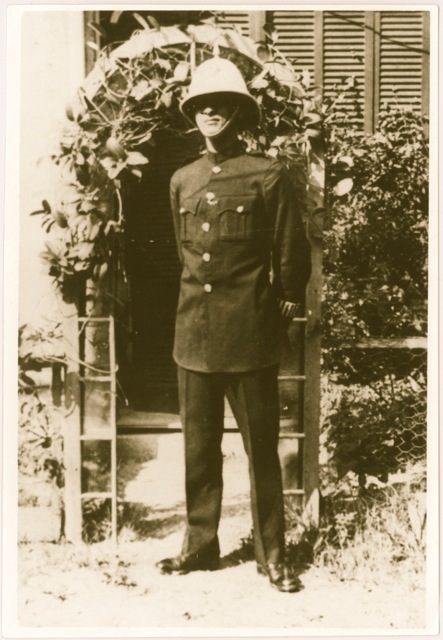 Constable Vernon Jackson
Constable Vernon Jackson
The last case that I know of where he was involved, was probably one of his greatest successes. It occurred shortly before he retired, and it was known as “The Lazelle Case”. A honeymoon couple from Canada, Mr. and Mrs. Lazelle were spending a day at Southlands Beach in Warwick when they were set upon by five young men who beat the husband into unconsciousness, knocking out one of his eyes in the process. They then raped Mrs. Lazelle. When they finally left her she was able to get help and the Police were called. Mr. Simons lived in Warwick, and his knowledge of the young men in that parish undoubtedly served him in good stead. Anyhow, with the help of the parish constables he soon rounded up the offenders and they all served terms of imprisonment for their terrible deeds.
I was deeply impressed when I discovered (years later) that Mr. Simons and a white officer, Sgt Major W.N.T. “Billy” Williams had been sent together to the New York Police Department’s Criminal Identification Bureau in 1924 for special training so that they could establish the Criminal Identification Unit here in Bermuda with special emphasis on fingerprint identification.
He was the only coloured man ever sent abroad for special training up to the year 1947. In that year I pointed out to Commissioner John Strang McBeath, that all the white officers in the C.I.D. had received training abroad, and I wanted to improve my ability as a policeman. He promised that I was “the next to go’; but it never happened, so I finally resigned in July of that year (1947).
With the change in command, and with changes in the social order in the community, there evolved a change of policy, with the result that many coloured officers received special training abroad, but as you see, it was a long struggle.
So I have to look at Mr. Simons as a very special kind of man who way back in 1926 was not only selected to receive such important training, but was partly responsible for setting up the fingerprint department. That was quite an honour and a grand achievement!
NOTE: See the Police Magazine, Centennial Issue 1879-1979, Pages 17-72, (especially 42-46.)
EDITORS NOTE - I had the pleasure and privilege of meeting Vernon Jackson while doing research and preparing for the 1979 Police Centennial celebrations, including an exhibition held in the then East Wing of City Hall, in Hamilton. Vernon was a most delightful and knowledgeable gentleman who freely gave of his time and knowledge to assist us in preparing material for the Centennial, and I have no doubt that but for the colour of his skin, he would have gone a long way in the Bermuda Police Force.
Vernon’s account of his knowledge and dealings with ‘D.O.” Simons has solved a puzzle regarding the photo of “D.O.” sitting at his desk in C.I.D. which is featured at the head of this article. When viewing the original photo with a magnifying glass I saw that the calendar in the background was dated 1937, not 1935 which was the year of his retirement. During an interview with “D.O’s” granddaughter, Marilyn Simmons, I asked her if the 1935 date of her grandfather’s retirement could be wrong, but she assured me it was correct, and explained that he had been invited back to his office in C.I.D. by Vernon Jackson who was then the police photographer, specially to have his photograph taken at his desk and with the detectives who worked with him. We are very fortunate to have both of these photos for posterity – with sincere thanks to the foresight of Vernon Jackson.